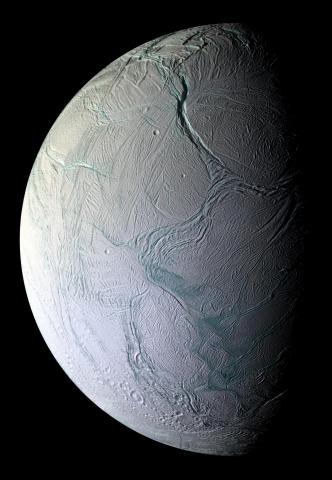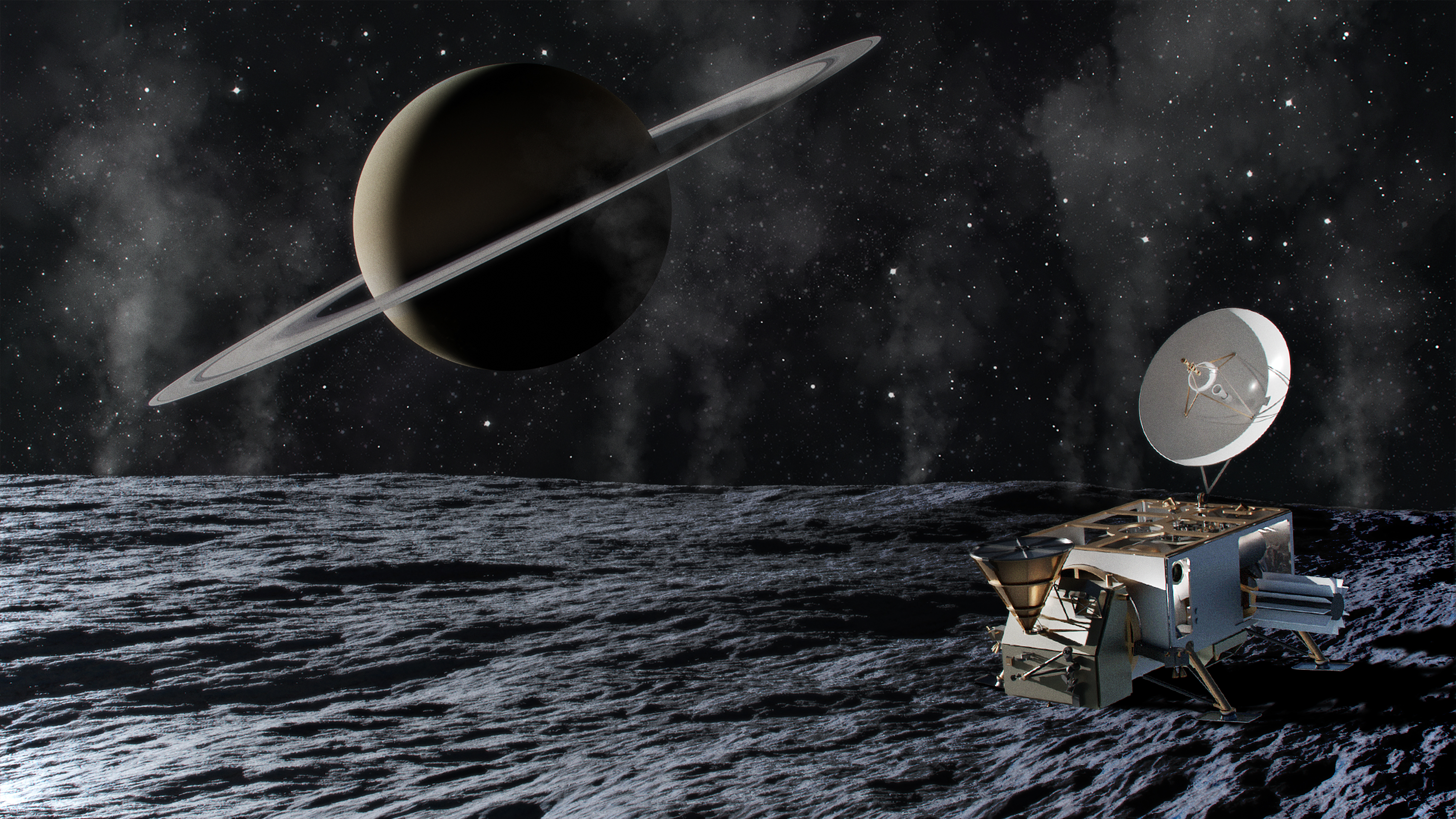Overview

Almost since the moment NASA’s Cassini spacecraft discovered geyser-like jets spewing from Saturn’s tiny moon Enceladus, there has been talk of returning. But when Cassini later found the plume of ice and vapor originates from a warm, salty ocean beneath the surface, a successor mission became imperative. With relatively easy access to the subsurface ocean, Enceladus is a prime target to search for signs of life. The Enceladus Orbilander mission concept would capitalize on the opportunity. Designed to first orbit Enceladus and then land, the spacecraft would carry a suite of 13 instruments to probe for indicators of life both in the plume and on the surface, as well as investigate the geological context in which those signs exist. This mission concept demonstrates that we are ready to return to Enceladus to determine not only if Enceladus is inhabited but also why.

Science Goals
Determine whether Enceladus is inhabited
Scientists think the key ingredients for life (as we know it) are liquid water, an energy source, and essential biological elements, such as carbon, nitrogen and sulfur. With samples collected both from orbit and from the surface, the Enceladus Orbilander would characterize the proportions of biomolecules, such as amino acids and fats, as well as search for potential genetic-carrying molecules similar to DNA and even cell-like structures to determine whether life is there.

Find out to what extent Enceladus’ ocean can sustain life, and why
Whether life is or isn’t detectable, the Enceladus Orbilander would help uncover why. It would measure critical environmental conditions such as pH, temperature, salinity and availability of nutrients in the ocean; take seismic measurements to determine the moon’s internal structure; and use radar sounding to understand the structure of the ice crust.
Determine a safe and favorable location to land and actively sample the surface
Using remote sensing instruments like narrow- and wide-angle cameras, a laser altimeter and a thermal emission spectrometer, the Enceladus Orbilander would look for a relatively flat, sturdy, mostly boulder-free landing site at Enceladus’ south pole. The ideal site would get more than 0.01 millimeters of fresh material falling from the plume so the life detection suite has enough sample to run multiple analyses during the mission. This fresh material is particularly tantalizing because the largest particles don’t reach high enough altitudes for sampling from orbit.



